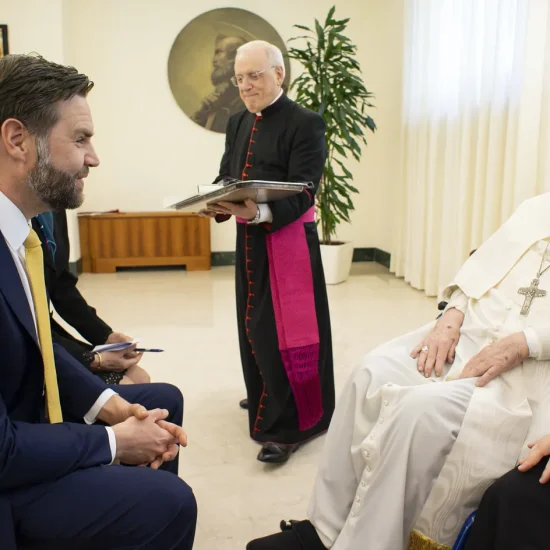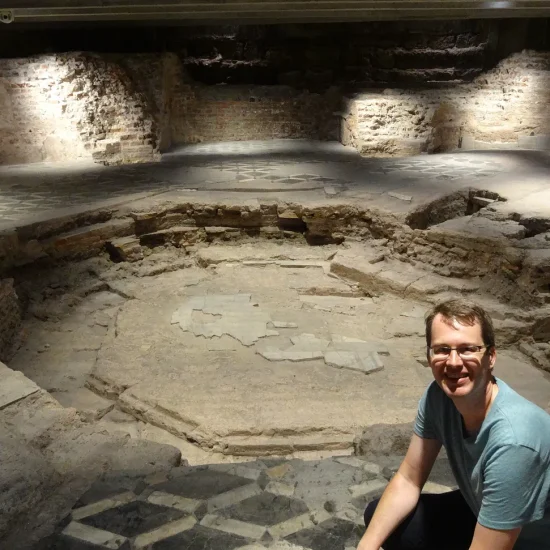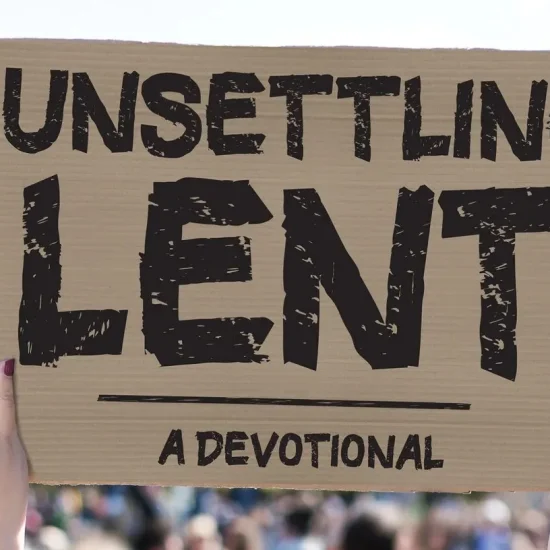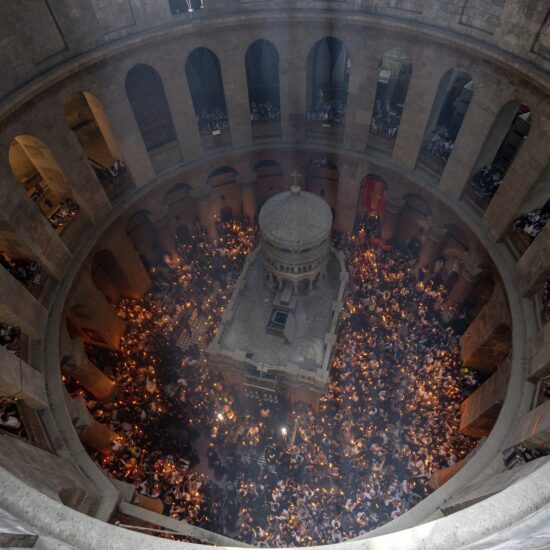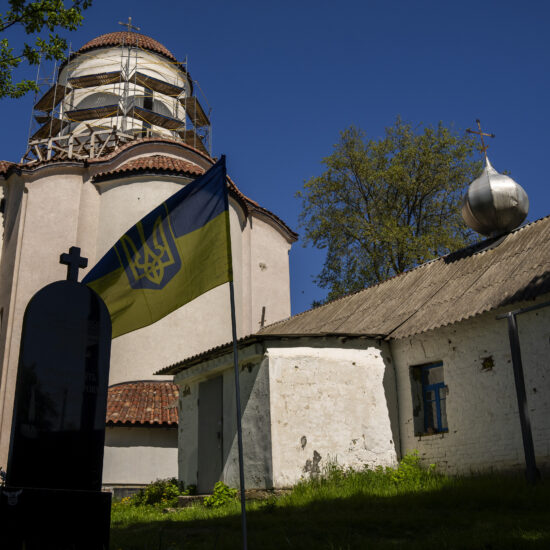By Bill Webb
Word&Way Editor
Way back in the summer of 1969, I had the opportunity of taking what for a small-town 19-year-old was the trip of a lifetime. Fourteen other German-language students and I left the friendly confines of our southern Illinois community to make a 10-week trip to Europe. We traveled mostly in West Germany, but made brief forays into France, Italy and Switzerland, and slightly touched the miniature nation of Liechtenstein.
 What today I might regard as a trip was nothing short of a journey 39 years ago. Everything seemed different in Europe than it was back home:
What today I might regard as a trip was nothing short of a journey 39 years ago. Everything seemed different in Europe than it was back home:
• The food was different, at least some of it. French fries were called something else, and they were served with mayonnaise, not catsup. Bread was different. It was full of fiber, some of it downright hard to chew. None of that fluffy white stuff I had grown up eating. In Europe in 1969, the concept of soft drinks served with ice was non-existent.
• The air was different, especially in the cities. Diesel fumes prevailed, permeating clothes and making breathing highly unpleasant. Gasoline was very expensive.
• Everything was old — very old. Our first night in West Germany was in a hostel in Trier, the nation’s oldest city and home to the most significant Roman ruins in northern Europe. Churches and homes were hundreds of years old — and obviously built to last.
• People reacted in different ways to Americans. The Vietnam War was a hot topic back home and overseas, especially among university students in Europe’s cities. Many reacted negatively to Americans. On the other hand, some of the old-timers were very hospitable, grateful to us because our American forefathers in World War II had paid the price to help liberate Europe from a tyrant named Hitler. WW II pock marks on many buildings remained unrepaired, even in 1969.
• The presence of the Cold War was evident, especially in the divided city of Berlin. No one could look at the Berlin Wall — or beyond it — without noticing the difference between free and oppressed people. The buildings on the East side were decaying. On the West, residents and visitors seemed to be engaged in a decadence all their own.
On our journey, my friends and I were seeing a world we had not witnessed before and had barely heard about.
Our expectations weren’t very high at the little town of Arth, Switzerland, where we camped on Lake Zug one night. The next morning, a few of us started hiking up a green mountainside, passing small herds of cattle as we journeyed upward. It was a hot summer day, and the only promise was that we could reach the top and look back down across the lake. After a few hours, we made it to the peak, hot and tired.
No one in our group was quite ready for what we experienced at the top. An unbelievable panorama unfolded on the other side as we gazed at the magnificent snow-covered Alps across the way. We were at the same time awestruck and euphoric as we recognized our reward for continuing up the mountainside. (We had never seen anything like this in the Midwest!) On this day in Switzerland, the journey paid off. The uphill journey made the destination even more worthwhile.
Christians at this time of the year find themselves on a different kind of journey. The Lenten season points us to a destination, but it is the journey that prepares us for that destination.
The journey to Easter prompts us to look at ourselves and conduct a spiritual evaluation. For many of us, a course correction is in order. The important aspects of our relationship to God may have become dull or misplaced. All of us benefit from spiritual refreshing.
The journey confronts us with God and with His will. We are reminded of the difference between the Creator and the creature, and the Master and the servant. We recognize our own unworthiness and our need of the presence of God in our lives. We gain a true perspective on what is important to God and how we can join Him in His work.
Such a journey next points us to others. An encounter with God on the journey helps us see people as God sees them. It is as if He walks alongside us, pointing out the nuances of need and the value of people. He helps us look at the potential of others for the same kingdom to which He has invited us.
Such a journey brings us unexpectedly into the presence of the once-crucified but now-forever-alive God. We are blown away by the scene that unfolds before us. The One who breaks down walls more ominous than the one that used to divide Berlin and the One who created awe-inspiring mountains welcomes us home. What a journey. What a Savior. What a destination.

